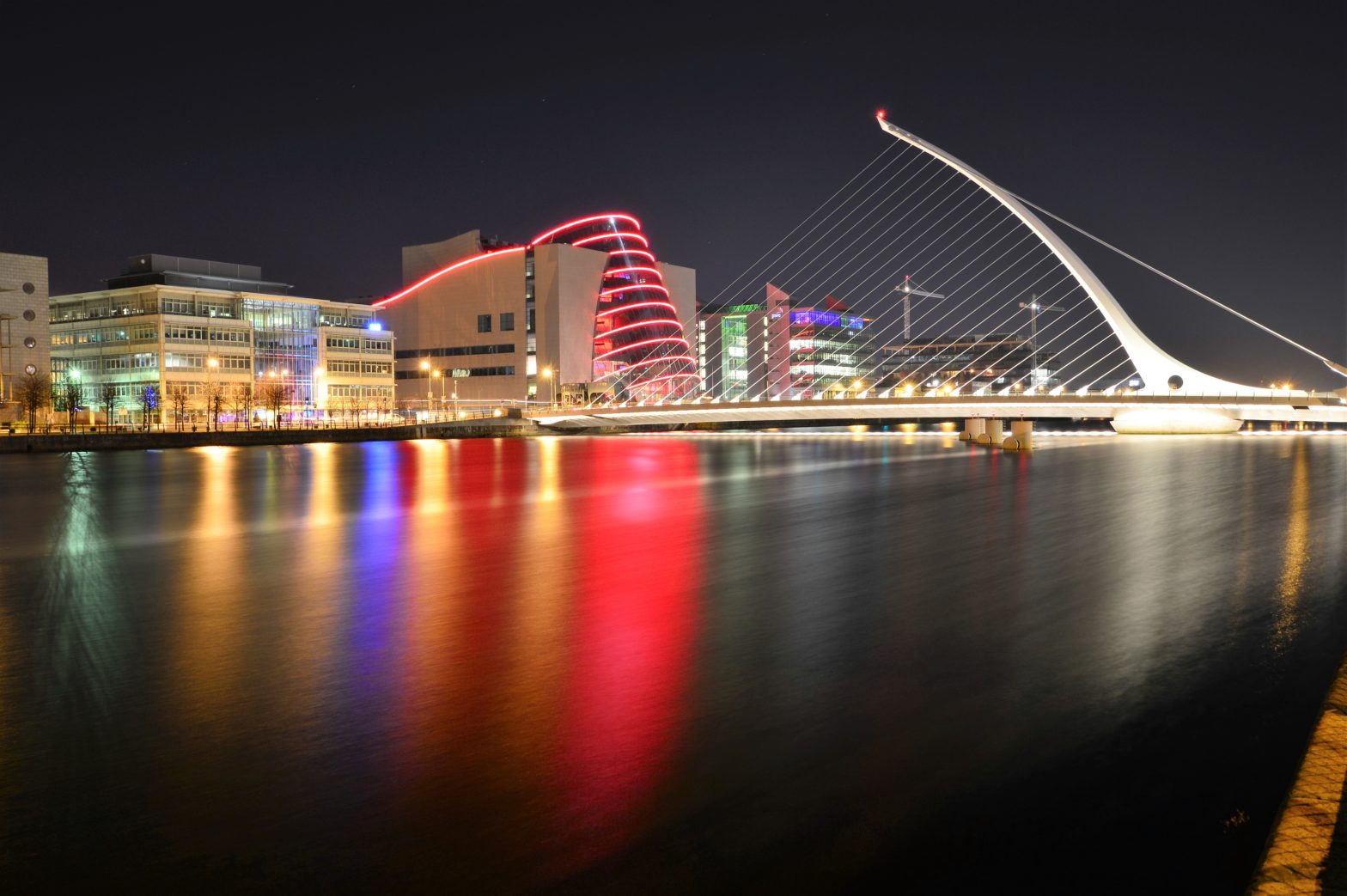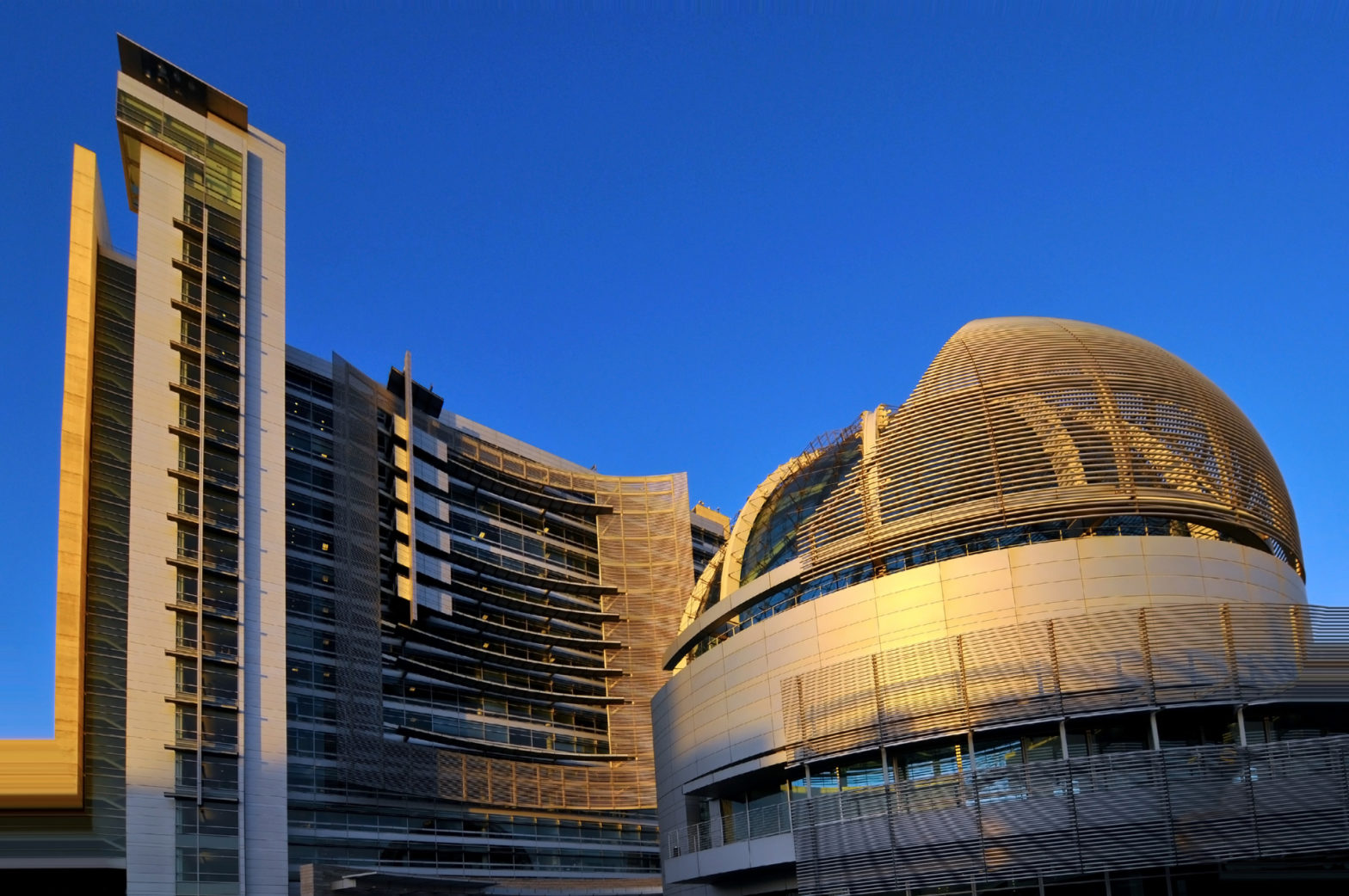
Photo: andrei-carina-jLi7xbYnYro-unsplash
Dublin uses digital twin to decide on best strategy for retrofitting
11 April 2023
by Christopher Carey
Dublin City Council has partnered with environmental tech firm IES on a digital twin project that aims to identify how social housing renovation can be efficiently decarbonised.
The firm modelled three residential tower blocks in the city centre using digital twin technology, and assessed the full carbon impact and efficiency of four renovation strategies.
The study found that most of the energy consumed was used for space and water heating, with the information helping the council identify retrofit strategies that could lower carbon emissions associated with those uses.
“This project has demonstrated the results that can be achieved through working collaboratively and exchanging knowledge to drive innovation and meet targets,” said Sabrina Dekker, Climate Change Coordinator at Dublin City Council.
“IES’s digital twin technology has confirmed the importance of retrofitting to reduce our emissions, [and] we hope that the results can be utilised to inform future projects.”
Strategies
The firm approached the project using four strategies, each consisting of a package of energy efficiency measures.
- Strategy 1: Shallow Retrofit (the implementation of one or two measures resulting in a reduction in energy consumption of between 0 percent and 30 percent).
- Strategy 2: Medium Retrofit (three-six improvements with a reduction of 30-60 percent).
- Strategy 3: Deep retrofit (a package of measures working together leading to an energy reduction of 60-90 percent).
- Strategy 4: Reduce to Core & Shell and Rebuild (leaving in place structural elements with an upgrade of all other elements which have a bearing on energy use, as well as the installation of renewable technologies in order to reduce energy and CO2 levels to close to zero).
IES’s core Virtual Environment (VE) software was used to understand the impact on energy usage and operational carbon of each measure through dynamic, physics-based simulations.
The high share of energy used for space heating suggested low efficiency in current systems and poor operational strategies, such as the lack of zone control to avoid heating in unoccupied spaces.
This also pointed to poor building conditions in existing social housing that led to a high dispersion of the generated heat to the outside of the building.
The need to continuously store hot water at a high temperature for immediate use also had a high impact on energy.
Other results of the analysis, published in the Dublin City Council Climate Resilient Housing Report, found that Strategy 3, deep retrofit, was the best course of action for social housing renovation over a 60-year period.
The firm says that through the use of deep retrofit, each residential block can achieve around an 85 percent reduction in cumulative emissions.
“Retrofitting vs demolition continues to be a widespread debate, particularly as higher targets are imposed to tackle climate change,” said Don McLean, founder and CEO of IES.
“With around 80 percent of the buildings that will exist in 2050 likely already built, retrofitting has a key role to play in decarbonising our built environment and driving energy efficiency.
“Whilst demolition is sometimes unavoidable, it increases emissions through embodied carbon and materials required for rebuilding.”
Image: andrei-carina-unsplash







